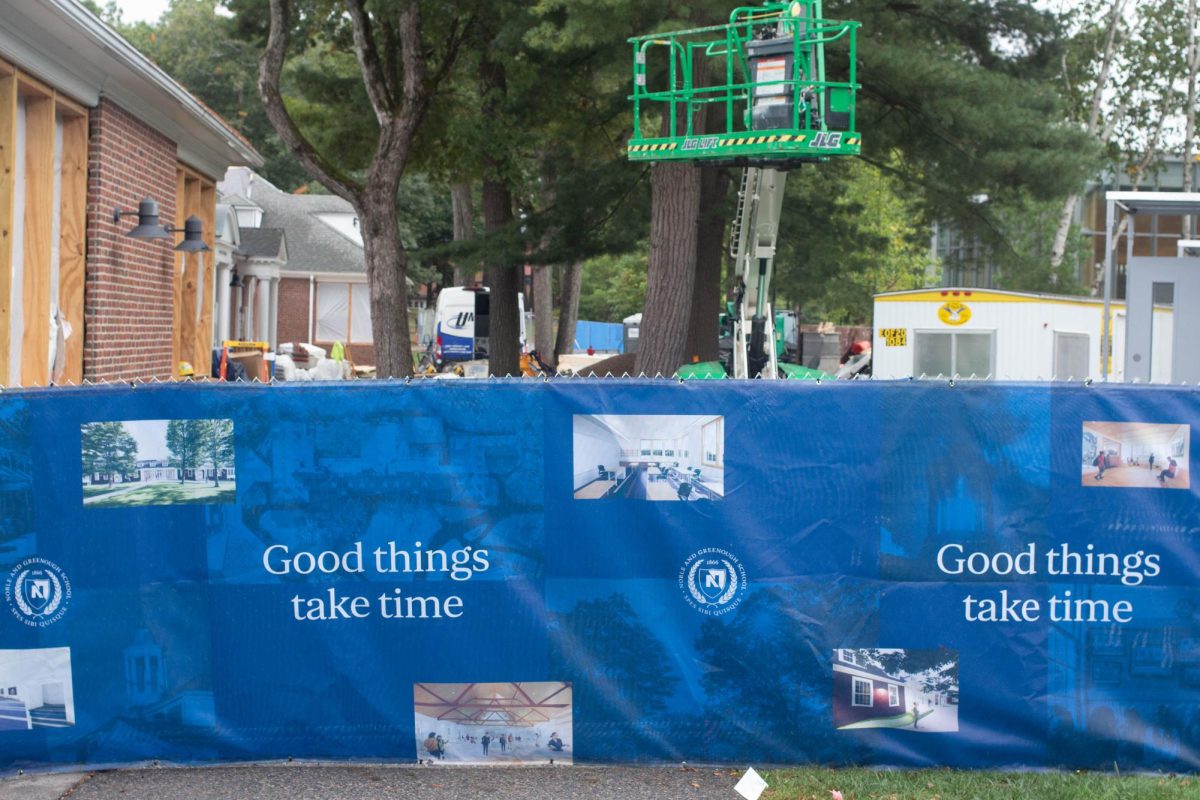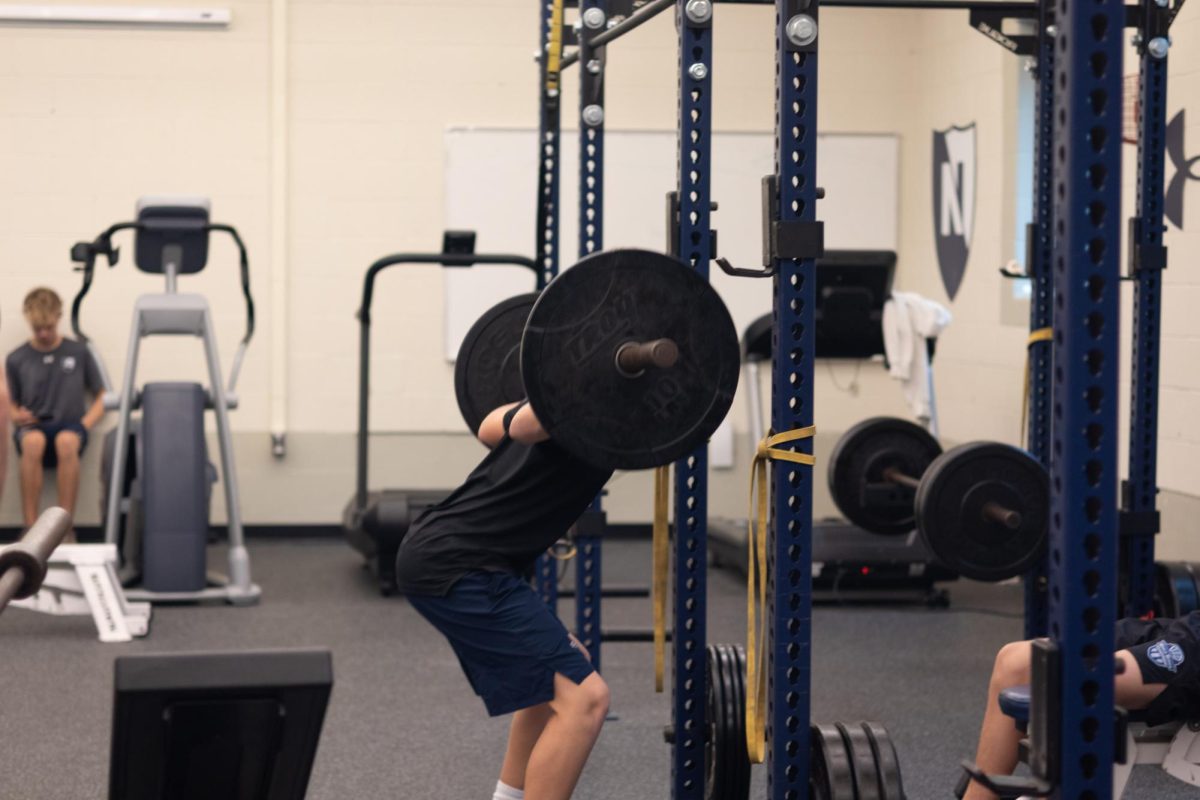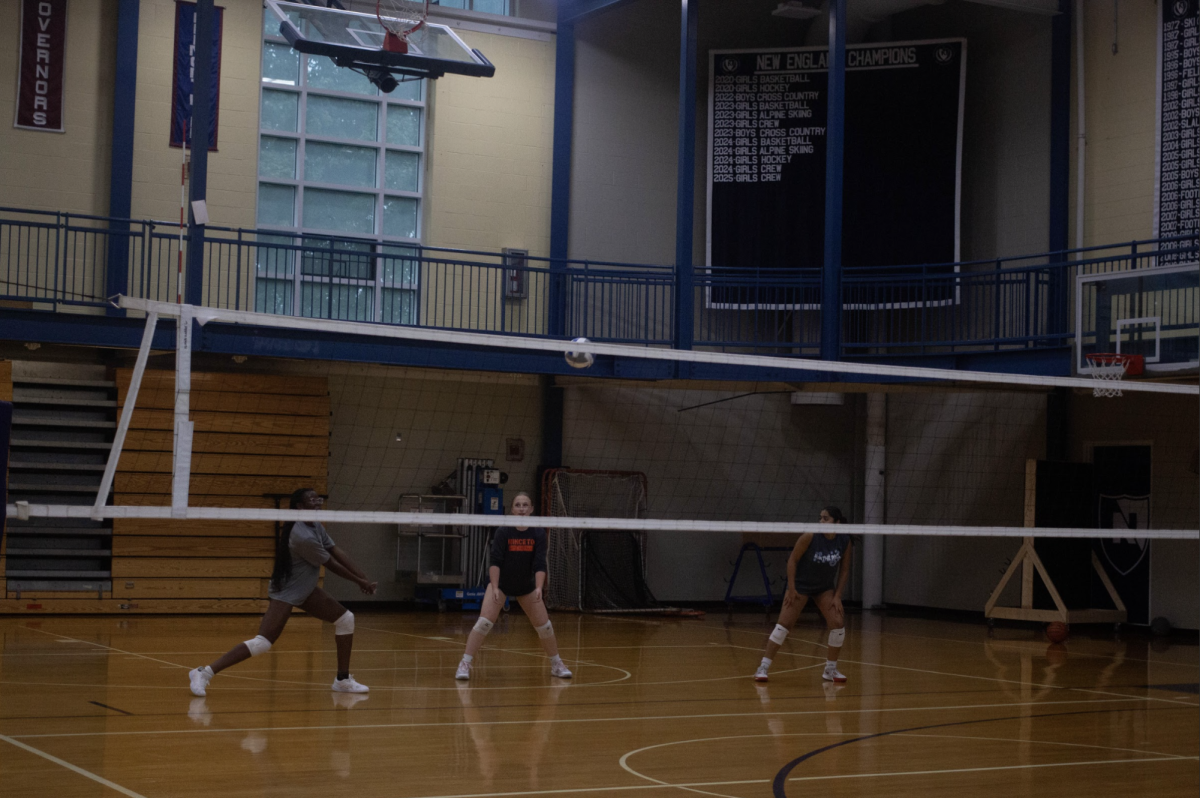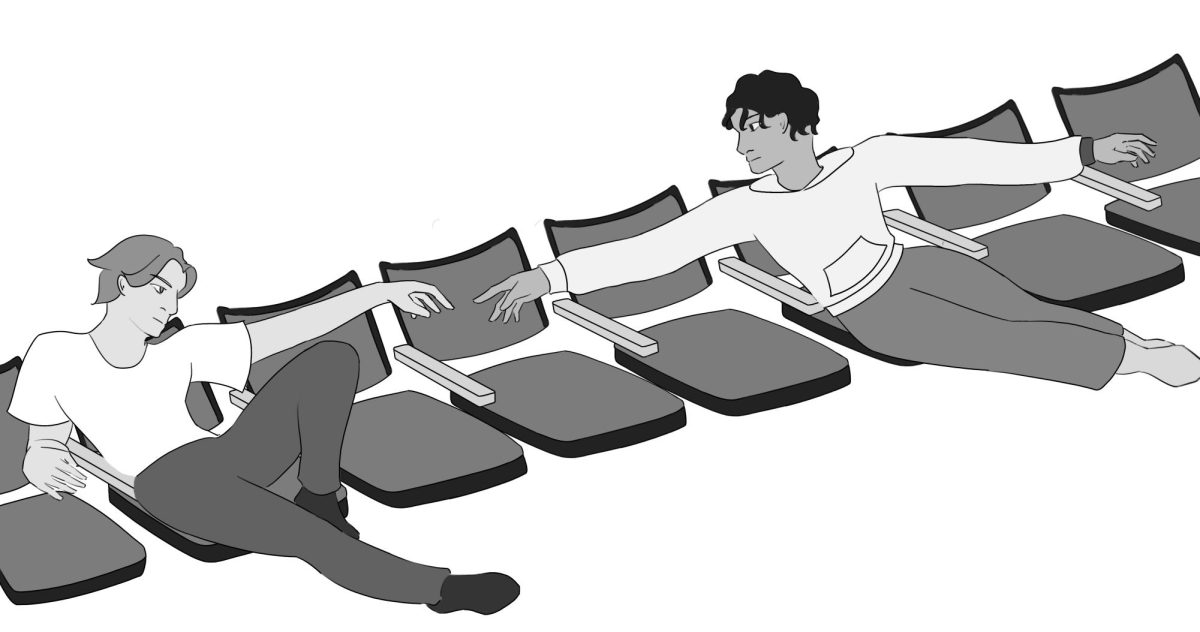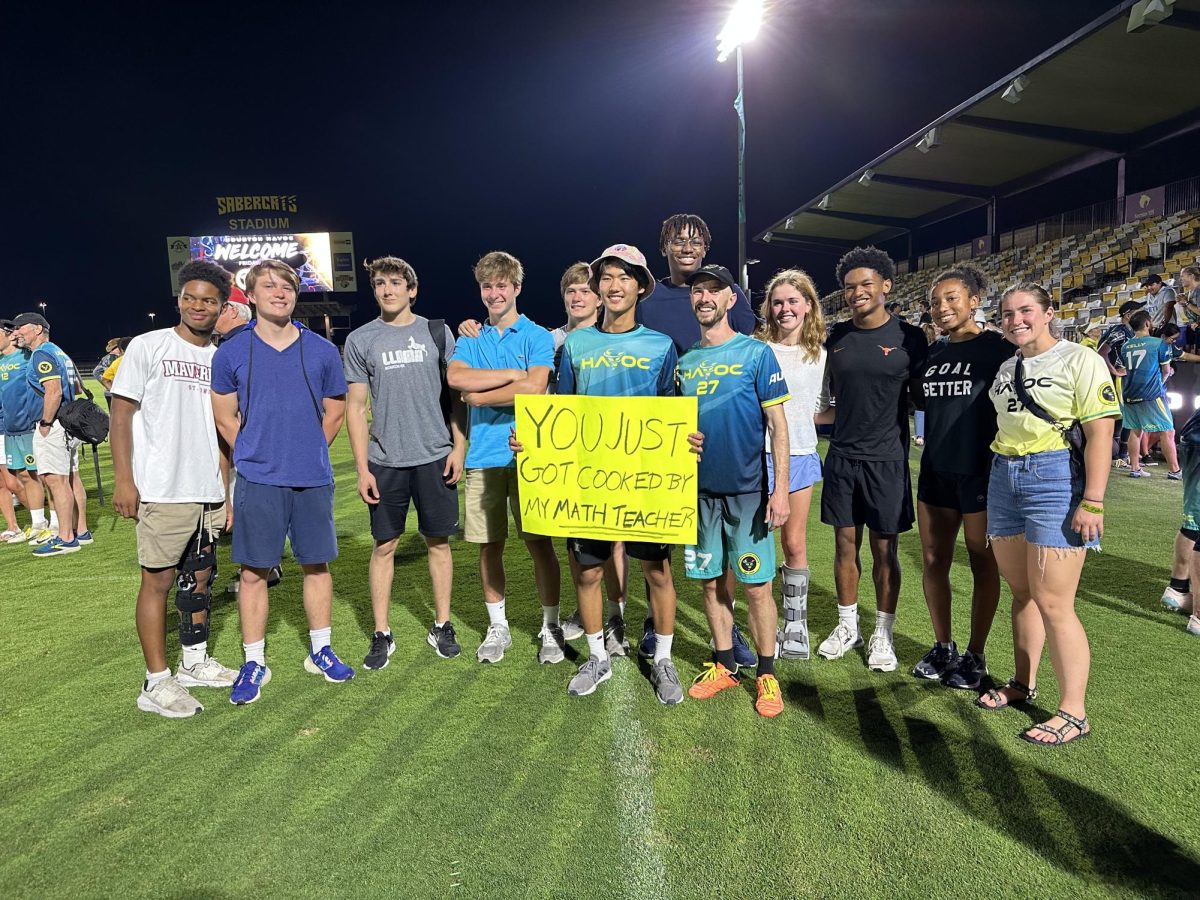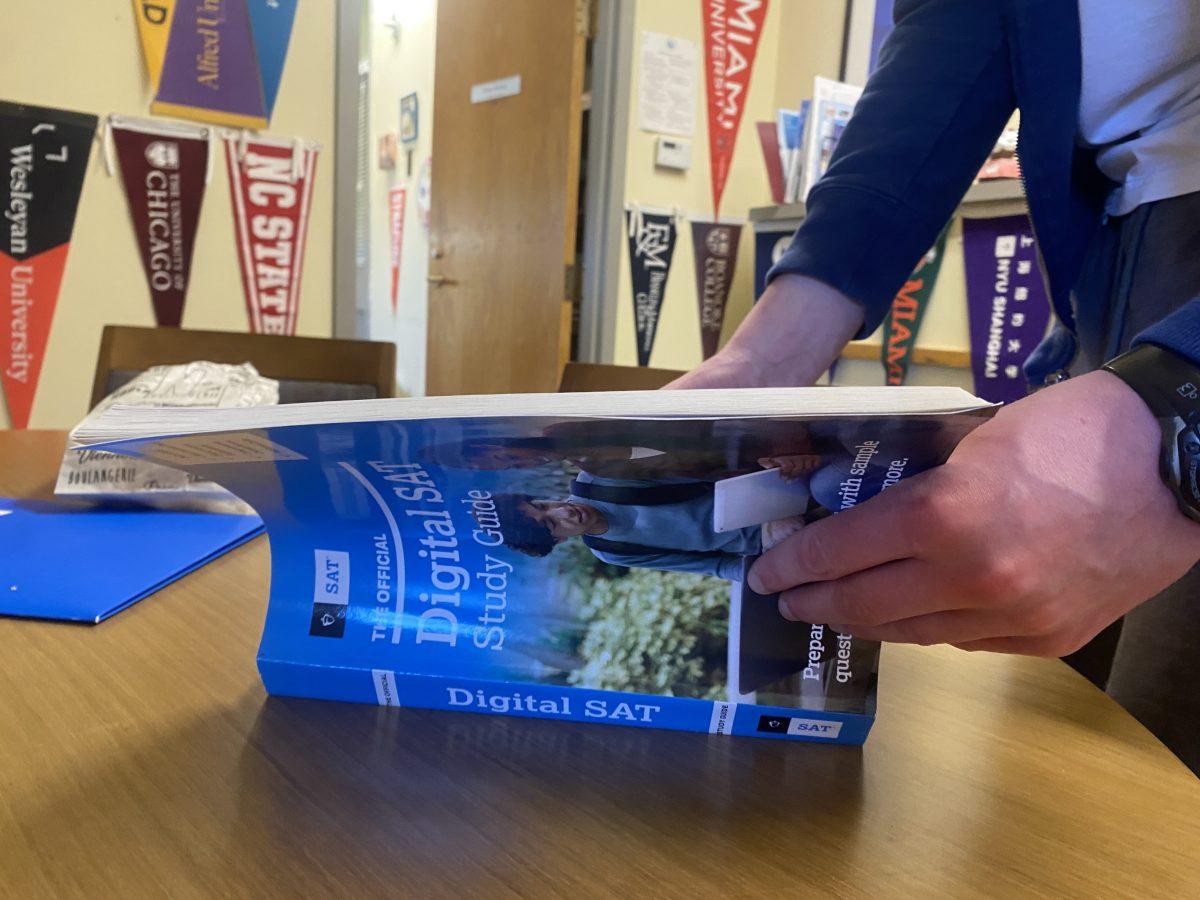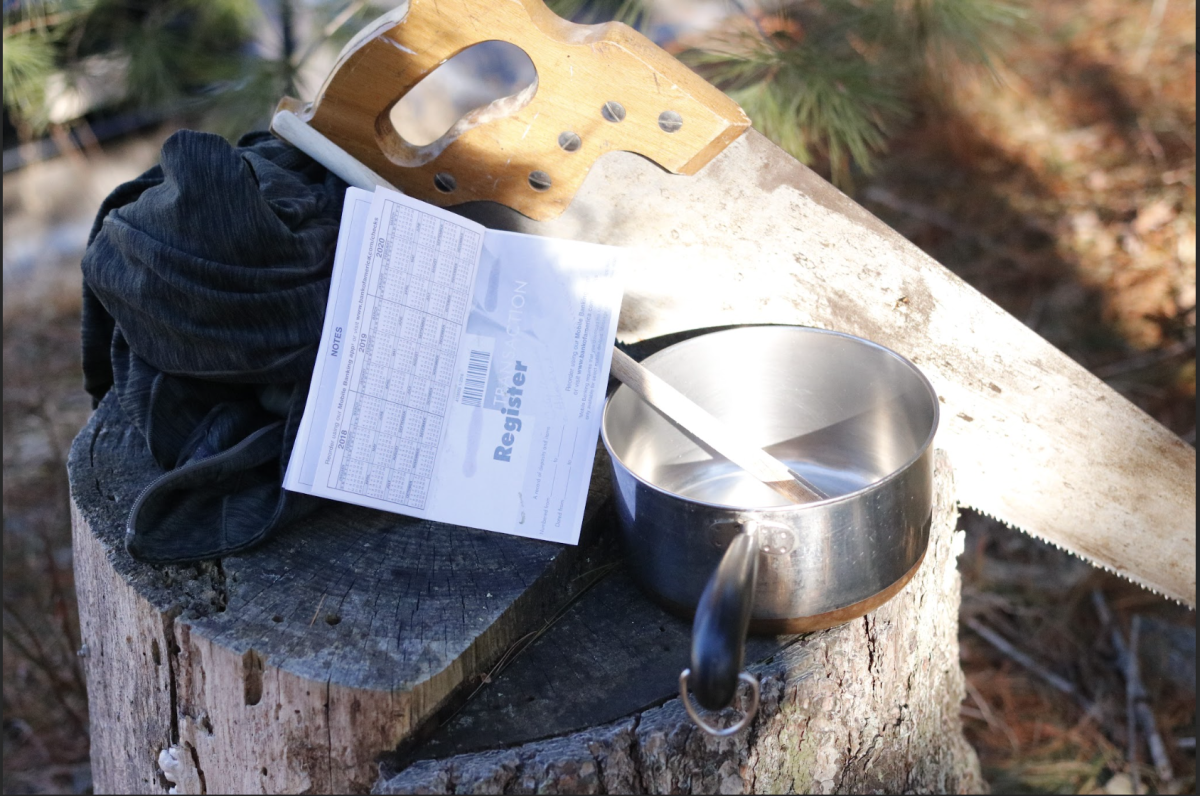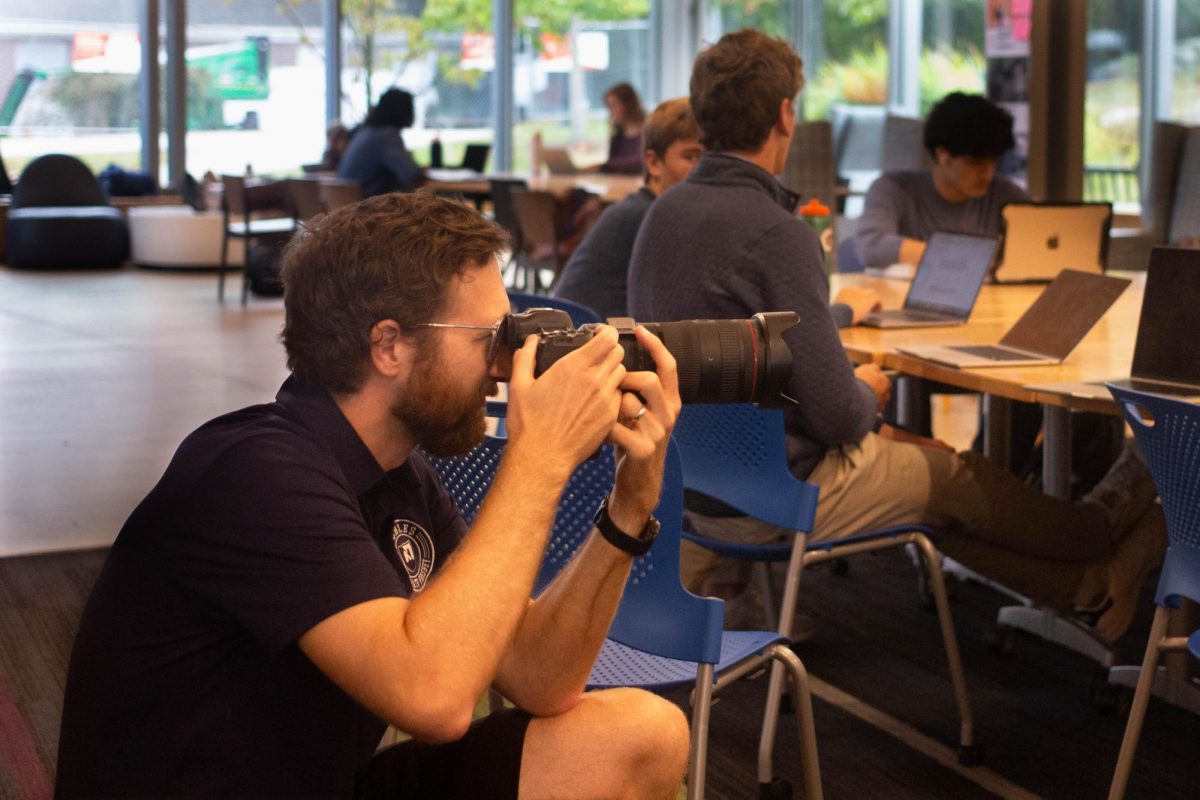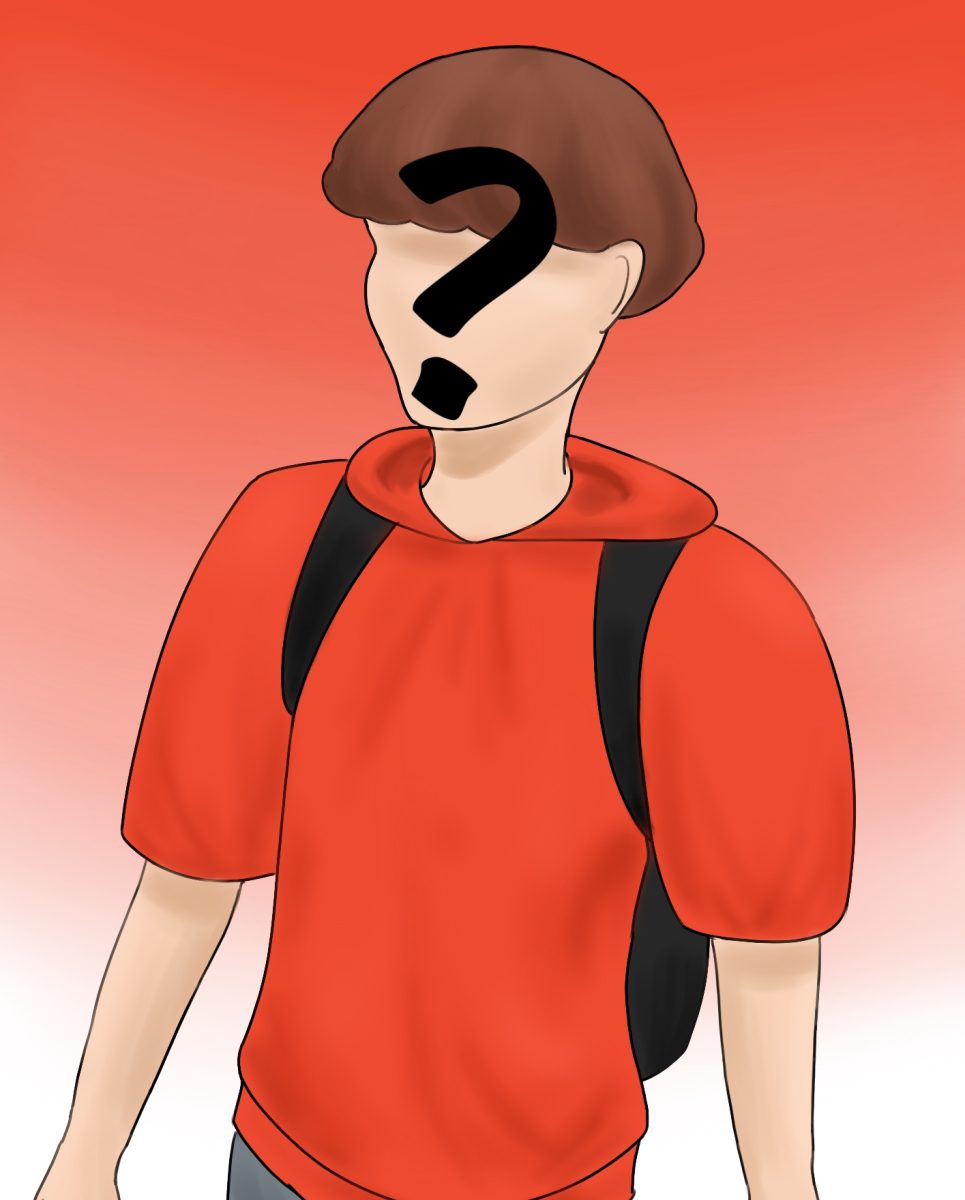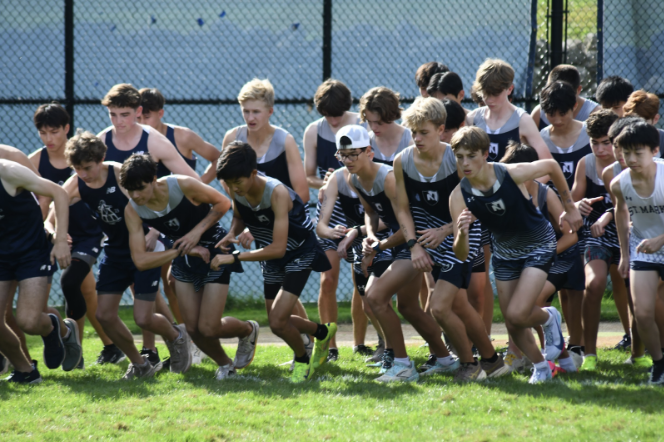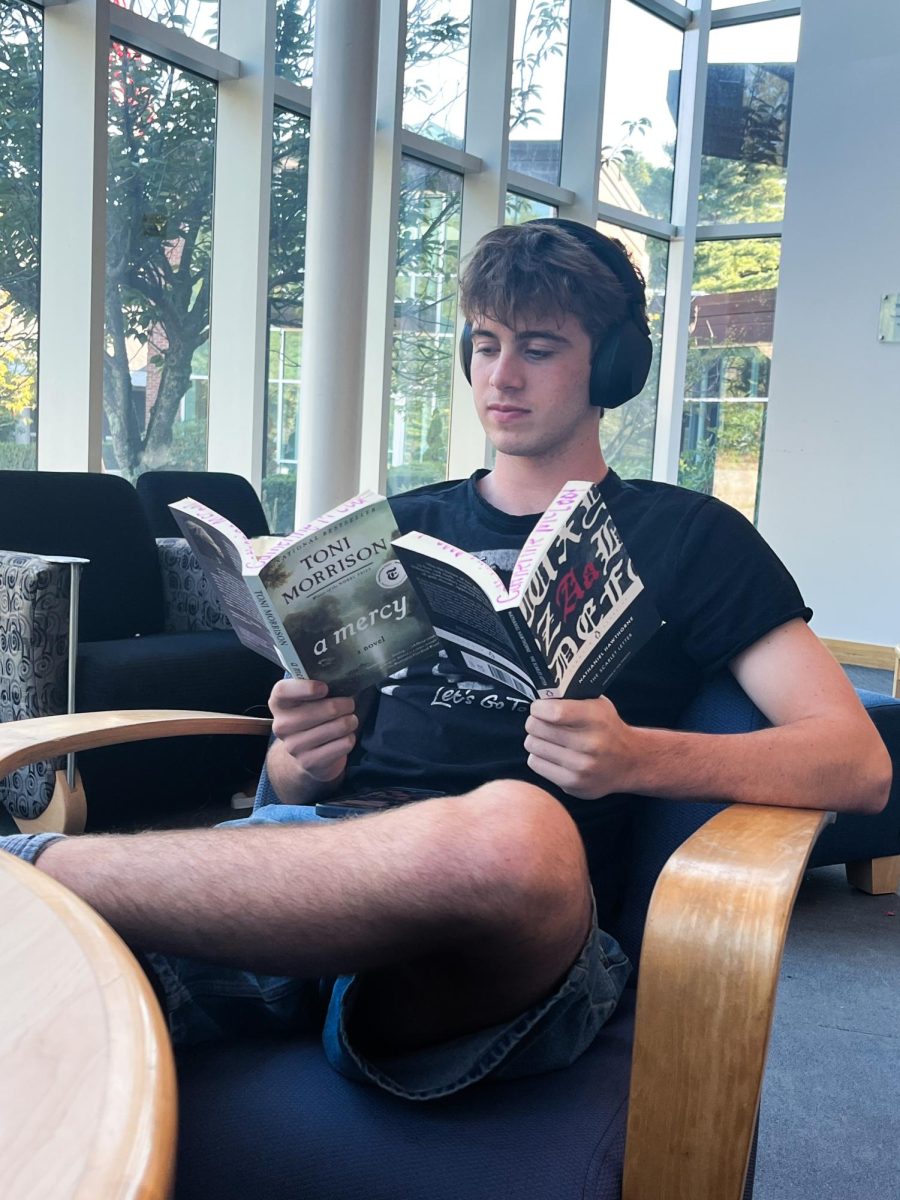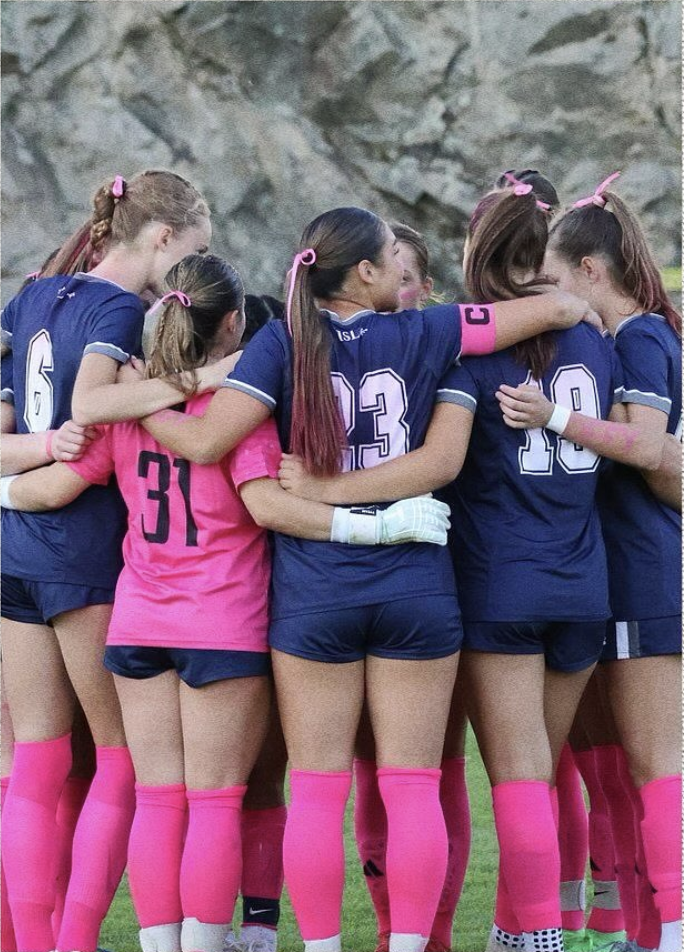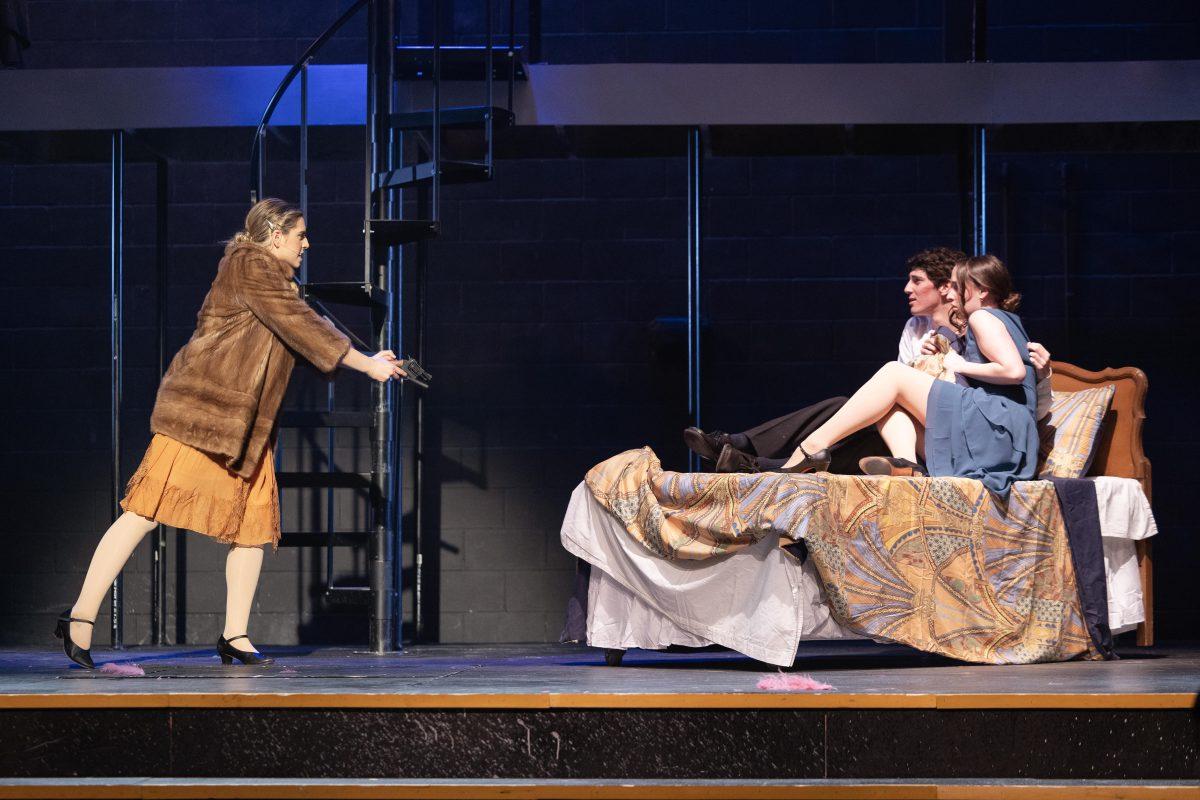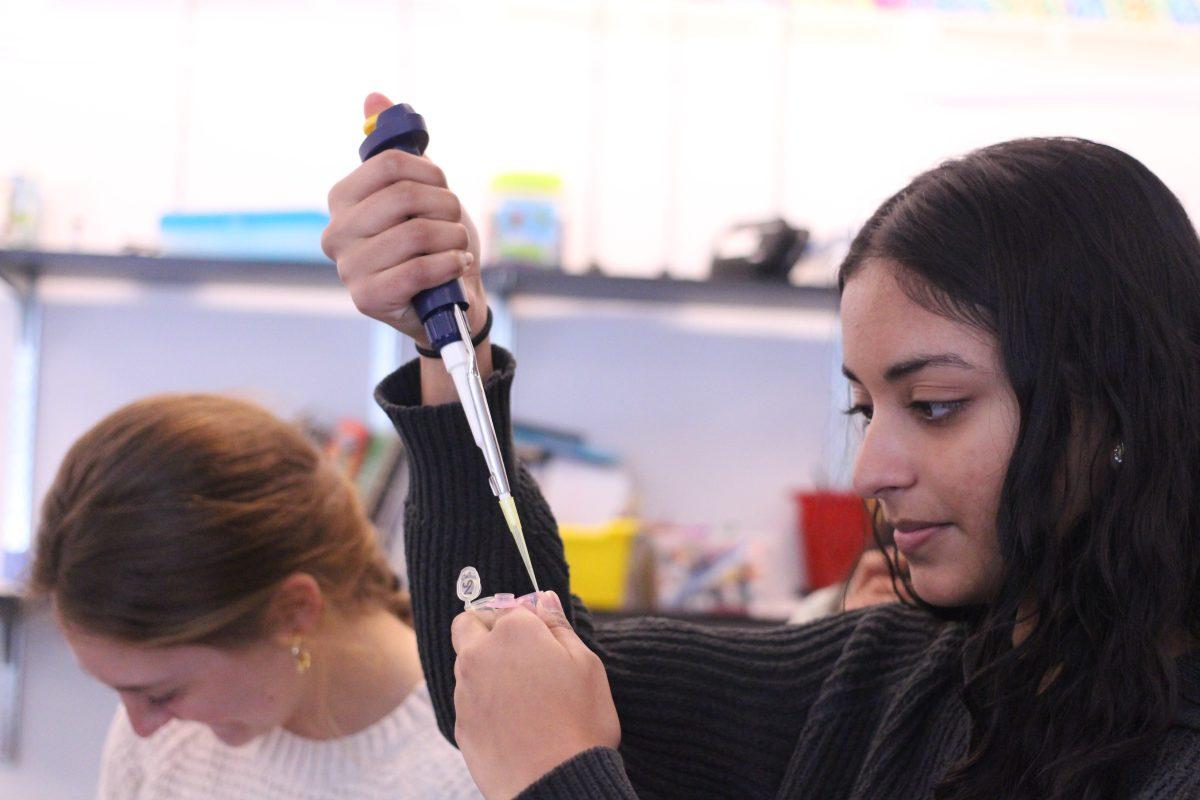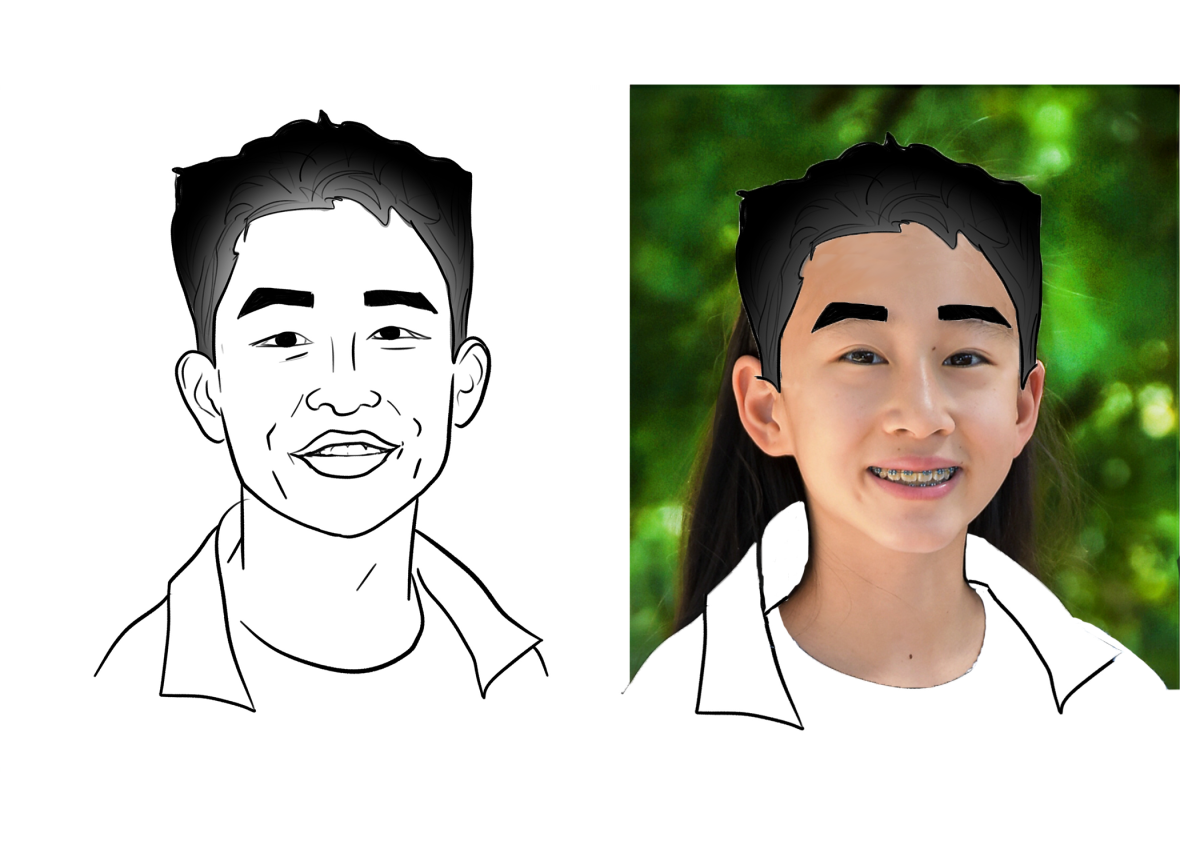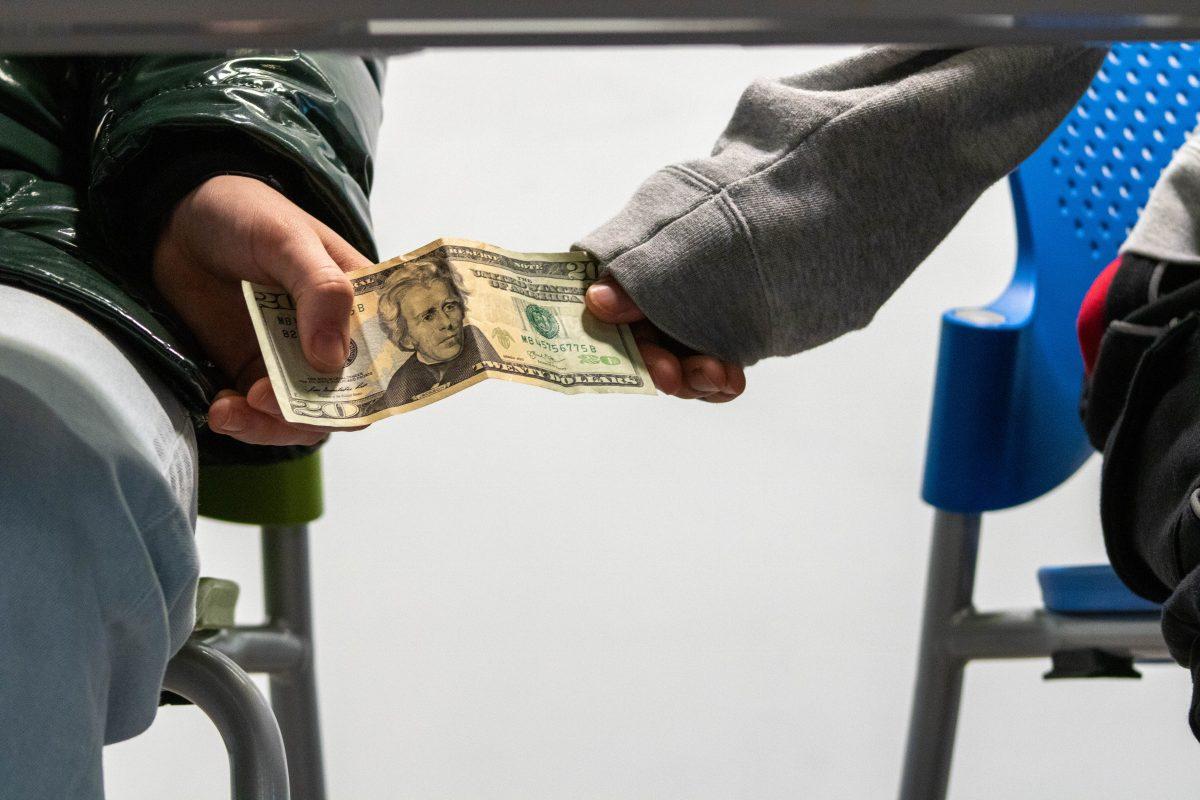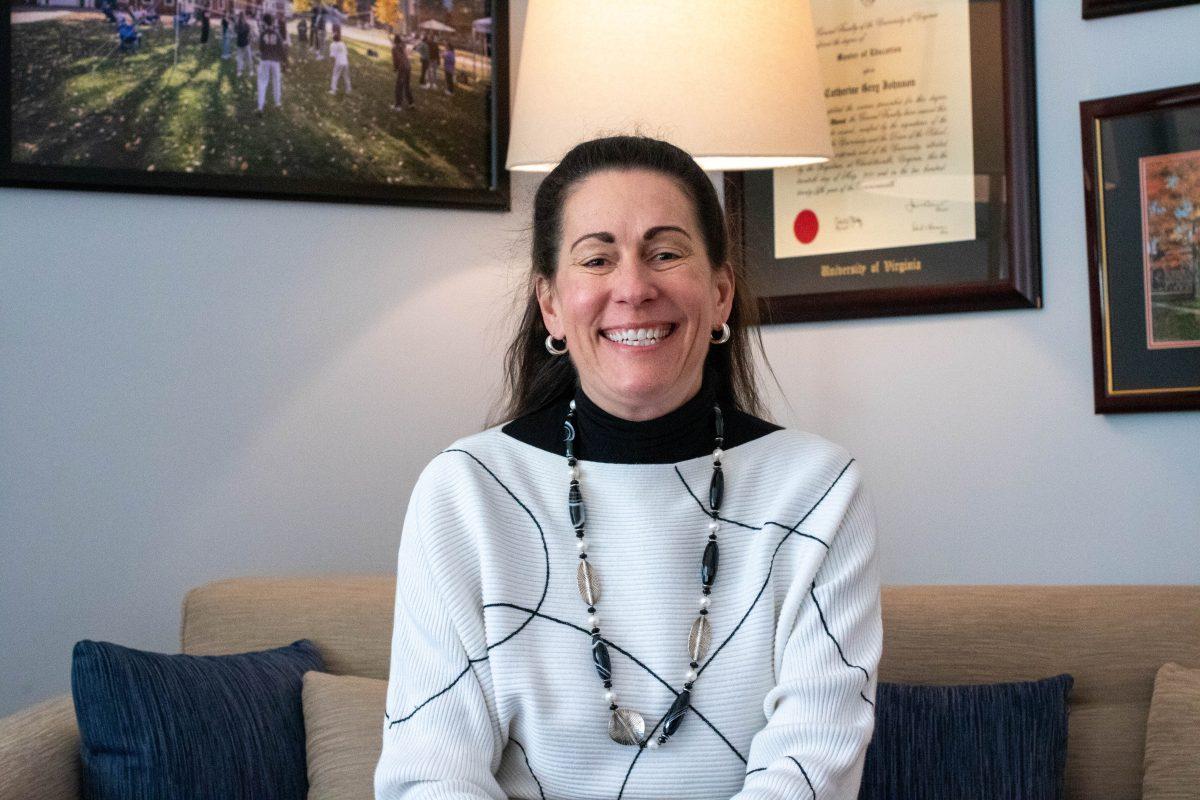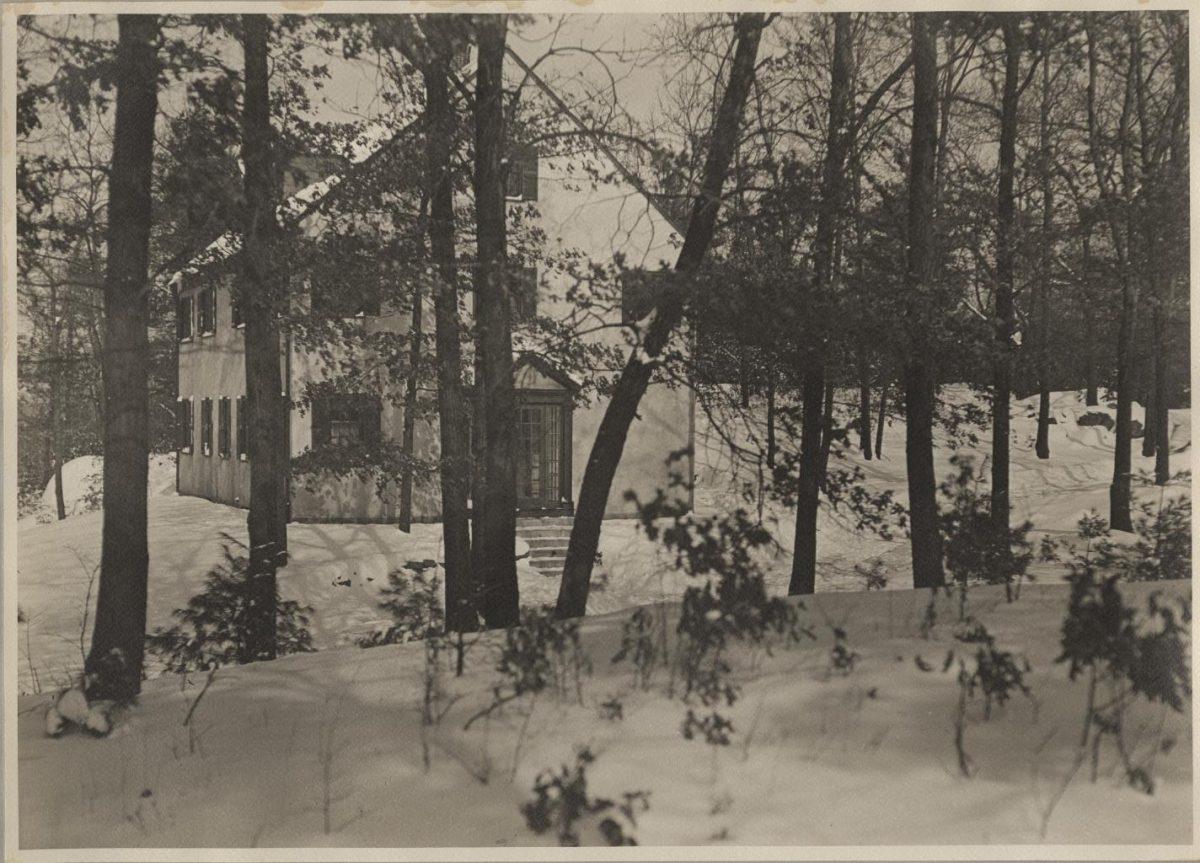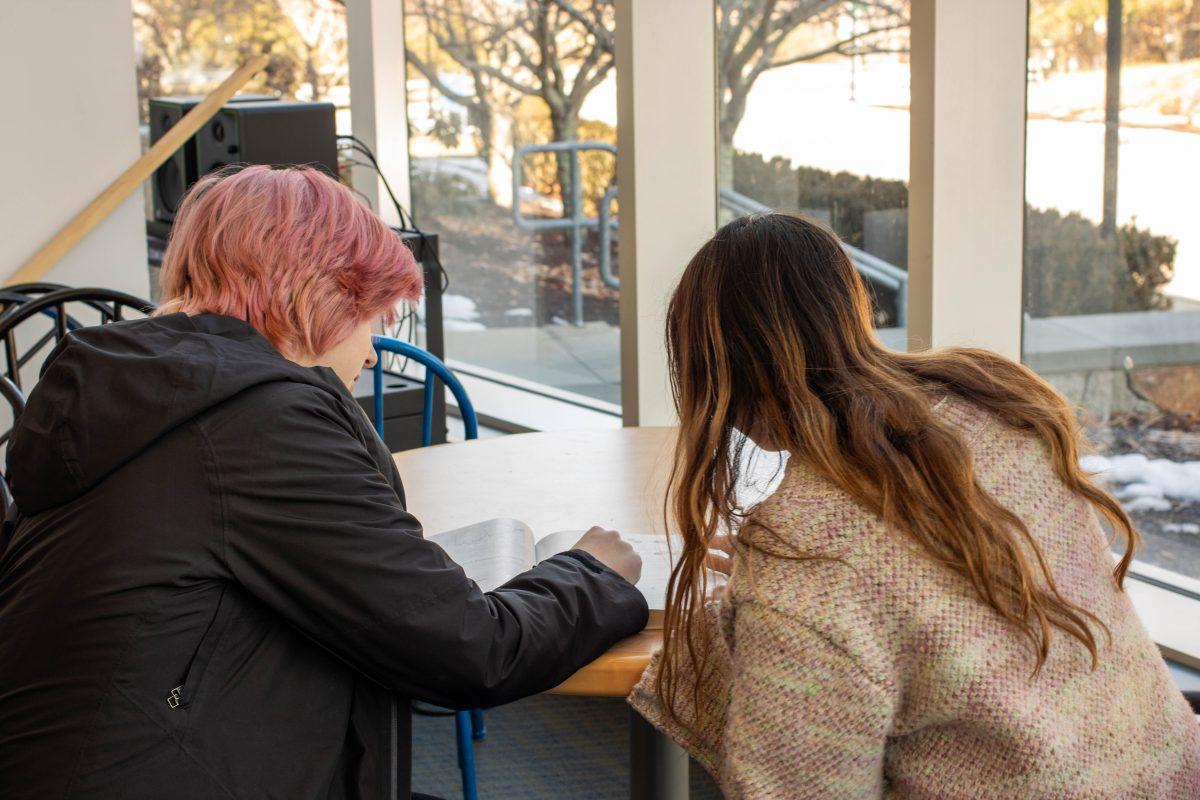Let us set the scene for you. You are sitting in Vinik with your friends, excited for the winter musical. Halfway through a riveting performance, the two leads grab each other and make out on stage. Now you’re on the edge of your seat. Minutes later, they are running at each other, fighting intensely. This is a performance of a lifetime! But how do these fight and intimacy scenes work?
Performing Arts Faculty Alison Taaffe walked The Nobleman through how the Nobles Theater Collective (NTC) approaches these types of performances. When a show has an intimate scene, the process of bringing it to life on stage starts before casting. “The first order of business here at Nobles is the audition questionnaire, which asks, ‘Would you be comfortable with a staged kiss?’ It’s a question to check off on the survey,” Taaffe said. “Once the actors are cast in that role (with staged intimacy), we do a verbal verification that they are comfortable with it,” she said.
Once a show is cast, the cast, crew, and directors focus deliberately on choreographing scenes with intimacy. “We stage it in a way that is very choreographed, in the same way that a dance would be choreographed. There is a kind of scaffold to these things. For a staged kiss, the first couple of times we do it we don’t stage any of the intimacy. You start with a cheek-to-cheek. Then with a lip-to-cheek, and then the lips, and it is very timed,” Taaffe said. Taaffe also described how she likes to focus on setting boundaries so that there are no surprises in these (literally) touchy scenes. “In a sense, it’s very mechanical, and that can kind of take some of the pressure,” she said.
“In a sense, it’s very mechanical, and that can kind of take some of the pressure.”
These same ideas are reiterated by the actors who perform these scenes. “There are a bunch of steps they have us follow,” Annie Parrinello (Class II) said. These “steps” are blocked–the term for rehearsing movements on stage–by either the show’s director or assistant director. For the fall play, The Academy At Ingals, intimacy scenes were directed by the Performing Arts Faculty Adaire Robinson-Bohnslav. Some high school theater departments even opt for an intimacy coordinator, but Nobles has yet to do so. Parrinello also emphasized her appreciation for the NTC faculty’s respect for the vulnerable position that intimate scenes put actors in. “There is always a lot of communication between you and the directors,” Parrinello said.
Like intimate scenes, fight scenes are staged in a very mechanical way. “It is a very, very, very, step-by-step, broken down process again, so no accidents happen, so no one is surprised as to what’s happening, [and] so everyone feels in control,” Taaffe said. At the end of the day, the safety of everyone on stage is most important. To ensure this safety, the NTC has started to bring in fight choreographers.
The NTC hired a fight choreographer from Endicott College for the fight scenes in the fall play. Fight choreographers are specially trained through a rigorous course to be able to stage, design, and direct on-stage fight scenes. The choreographer also had an extensive background in material arts. Taaffe believed that it was this background that allowed him to choreograph fights that appeared real to an audience.
The actors and faculty alike appreciated the presence of a fight choreographer when crafting on-stage fight scenes. “For my scene, we had a choreographer teach us how to make it look like I was choking someone without actually doing so. I learned there are a lot of techniques and timing that you have to know in order to not hurt your partner and for the crowd to understand what’s going on,” Nathanael Jean-Gilles (Class II) said. “The fighter choreographer did a good job of teaching us at a slow pace and asking us a lot of questions along the way to ensure that we were safe and felt comfortable,” Jean-Gilles said.
However, expressing passion, whether good or bad, on stage goes far beyond just the physical. “The director’s job in any scene is to remind the actors of the given circumstances[…]what they want, what they’re doing, and why they’re doing it. I think reminding them of the story they’re trying to tell[…]will help elevate things beyond just a check technical, step-by-step choreography to something that feels lived in,” Taaffe said.
“The director’s job in any scene is to remind the actors of the given circumstances[…]what they want, what
they’re doing, and why they’re doing it.”
Jean-Gilles walked us through the experience of creating something “lived in” from the perspective of the actor. “We have some creative liberties for what type of facial expressions, yelling, grunting, and other things of that nature. We run different iterations by the director and see which one they think is better, which leads us to a final product,” Jean-Gilles said when describing his experiences learning to express emotions in his fight scene.
Ultimately, the role of stage fighting and intimacy is to elevate the tone and feel of a play, adding more depth for an audience. “I think it made the show (with a kiss scene) feel like it was intended for a more mature audience,” Gretta Hulbig (Class II) said. Reviews like these affirm that the NTC is successful in taking on the challenge of passionate scenes.




